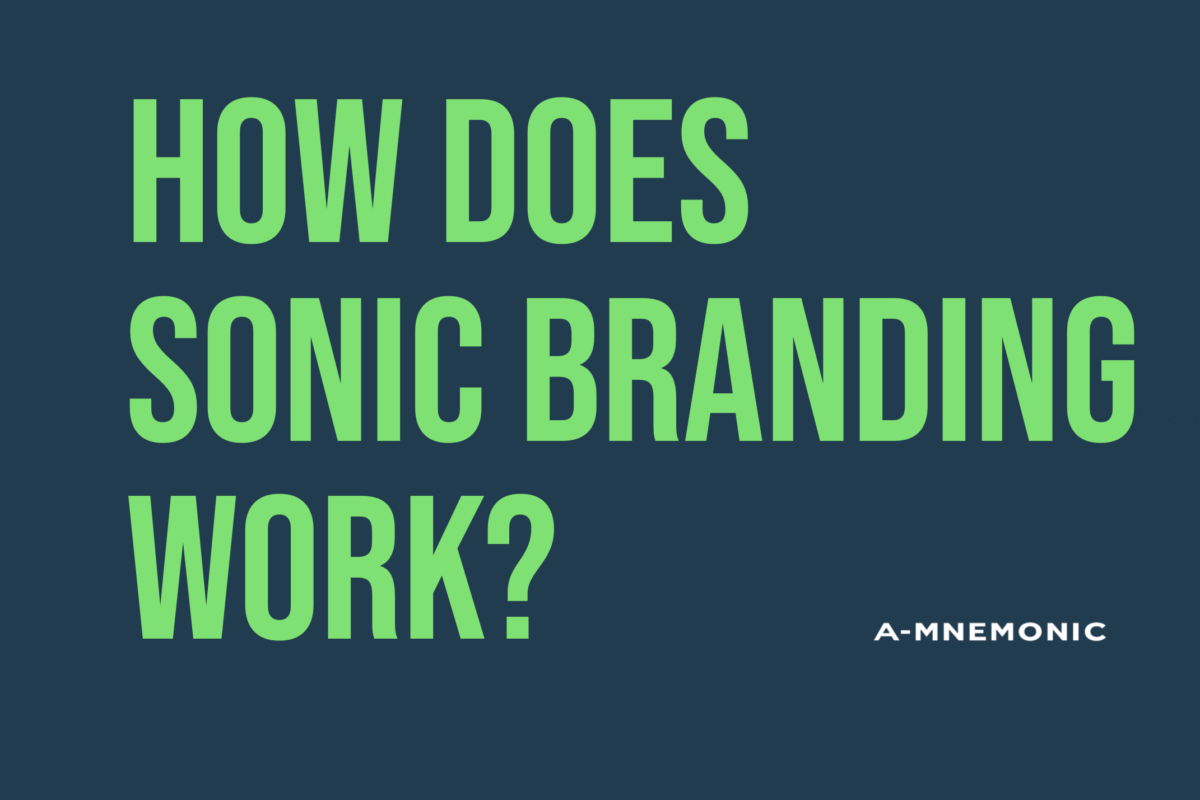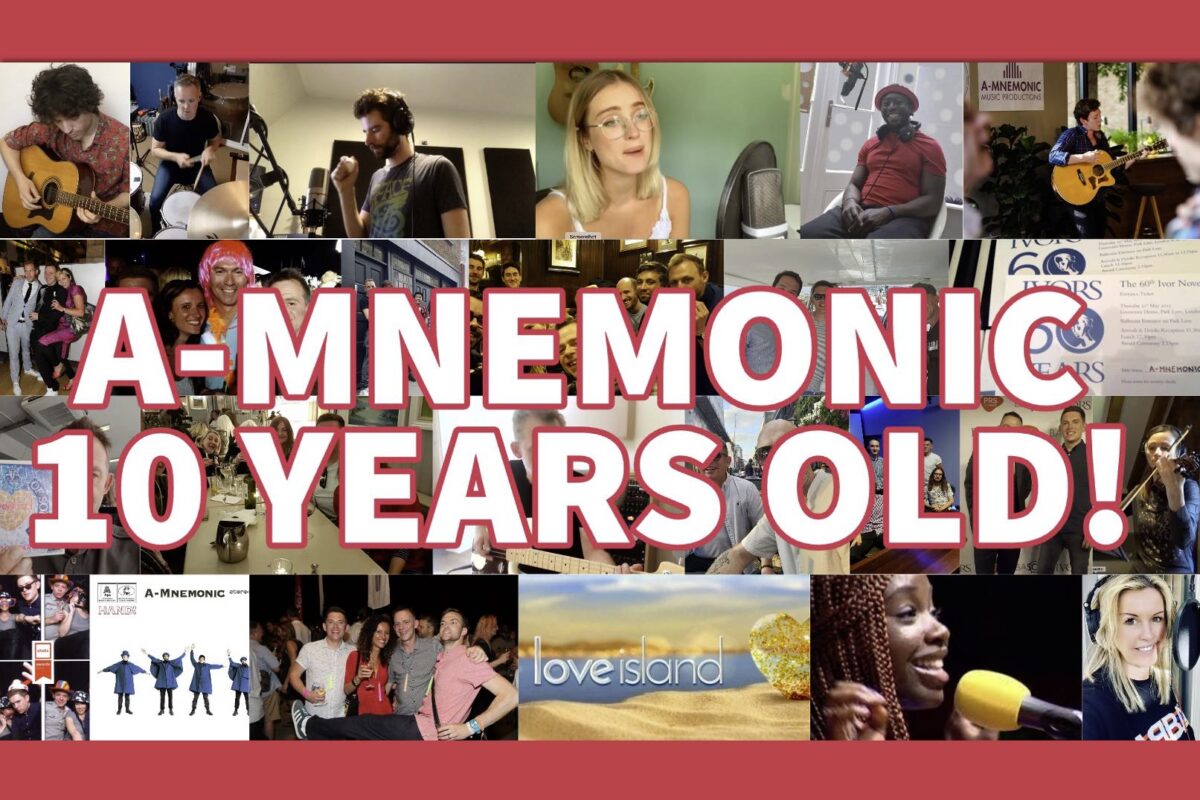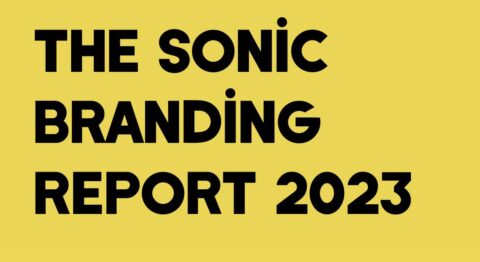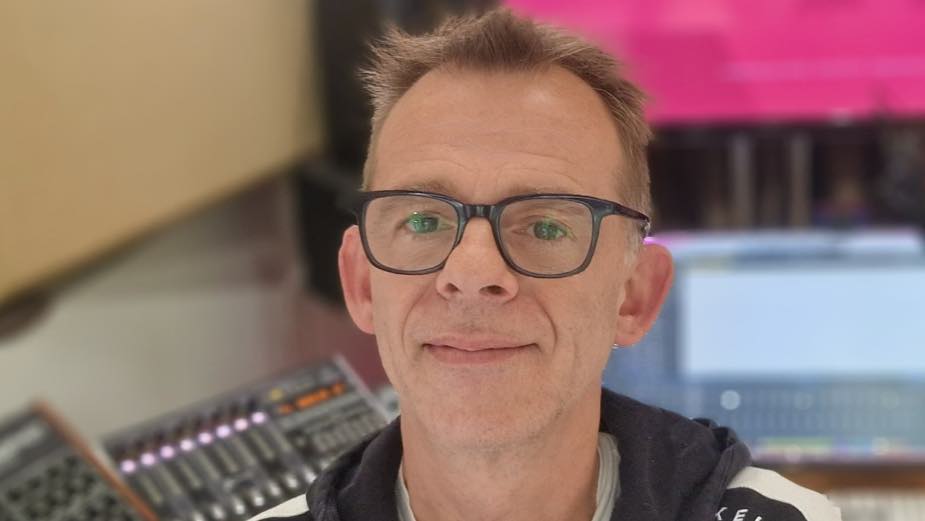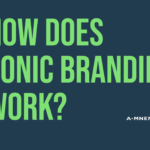What is sonic branding?
Sonic branding is music or sound that carries the emotional attributes – the ‘feeling’ of a brand via your ears, to the brain of the listener, or consumer. As a result, they feel good and associate that feeling with the brand. It’s easily memorable. We know what it means.
What actually happens cognitively?
- The listener clearly understands the brand’s feeling and emotions communicated..
- It triggers recall – we remember it.
- We correctly attribute what we’re hearing. We know what it means, where it comes from and what it’s asking of us.
- This emotionally locates and primes our audience (or consumers, or listeners) in a short time. Sometimes in a very short time!
What outcomes should I expect?
Expertly conceived, written and produced, distinctive sonic branding will achieve these outcomes:
Increased brand attribution and foster deeper emotional connections with consumers, ultimately resulting in increased sales.
Audio Branding and Sonic Branding – What’s the difference?
Well, not much. Radio broadcasters tend to refer to audio imaging. A term we love.
In TV entertainment we call it theme tunes.
Brands and advertisers tend to refer to it as audio branding or sonic branding or sonic identity Our preference is brand sound. It covers most uses.They all do exactly the same thing:
How long should sonic branding be?
There are no rules. The sonic branding with the most impressive recall stats is Disney’s ‘When you wish upon a star’. It’s 45 seconds! However we only need to hear a tiny fraction of that melody, 2 or 3 notes, and we know exactly what it means.
The McDonalds whistle is 3 secs. We-buy-any-car.com is similar. Theme tunes tend to be 20 secs.
Successful sonic branding has to work hard. You should only need to hear it twice to understand, remember and correctly attribute what you’ve heard. It should not rely on repetition. The human brain can remember anything if repeated enough. That’s expensive.
If your sonic branding is smartly thought through and produced, it’ll ooze integrity and authenticity. And of course live rent free, in your consumers heads!
